Interview: Heather Morgan Will Keep On Rolling
A conversation with Heather Morgan, Atos Black Belt and professional jiu-jitsu content creator on continuous improvement, coming back from injury, and cultivating balance on and off the mats.
What happens when the single passion that defines you is suddenly taken away?
This is the question I’ve been grappling with (pun intended) ever since I blew out my knee in a jiu-jitsu competition just over a year ago.
Fortunately, I knew just the person to ask for advice on how to deal with it.
If you train jiu-jitsu and have an Instagram account, I’m willing to bet that you’ve seen a video from Heather Morgan while scrolling through “Jiu-Jitsu Instagram,” largely comprised of memes and highlight reels. If you haven’t, well, here’s an example of one.
For all the levity in her videos and their quick hits of technique, Heather Morgan has been through some serious physical ordeals: she tore her ACL in 2020 at the IBJJF European Championships. As she was getting ready for her comeback and was under a month away from her Black Belt debut at the 2023 World Championships, she tore the ACL on her other leg.
Across the two injuries, she underwent four total knee surgeries—all while trying to keep up her lifestyle as a full-time jiu-jitsu practitioner and now-influencer.
Many athletes face physical rehab, but fewer speak openly about rebuilding their senses of self in the wake of traumatic losses—sidelining injuries among them. For Heather, what could have been merely a recovery story became a profound journey of self-discovery.
This conversation explores some of Heather’s background as a competitor and teacher, but mostly explores how her methodical approach to jiu-jitsu—once channeled solely into becoming a world champion—evolved into a more balanced philosophy that embraces teaching, creativity, and a deeper relationship with both the sport and herself.
Heather’s story offers insight for anyone whose identity has become entangled with a single pursuit—whether in athletics, career, or relationships—and the importance of seeking balance in one’s life.
I hope you enjoy it.
This interview has been edited for length and clarity
“The Race Against Time”: Heather’s Early Commitment to Developing a Systematic Training Approach
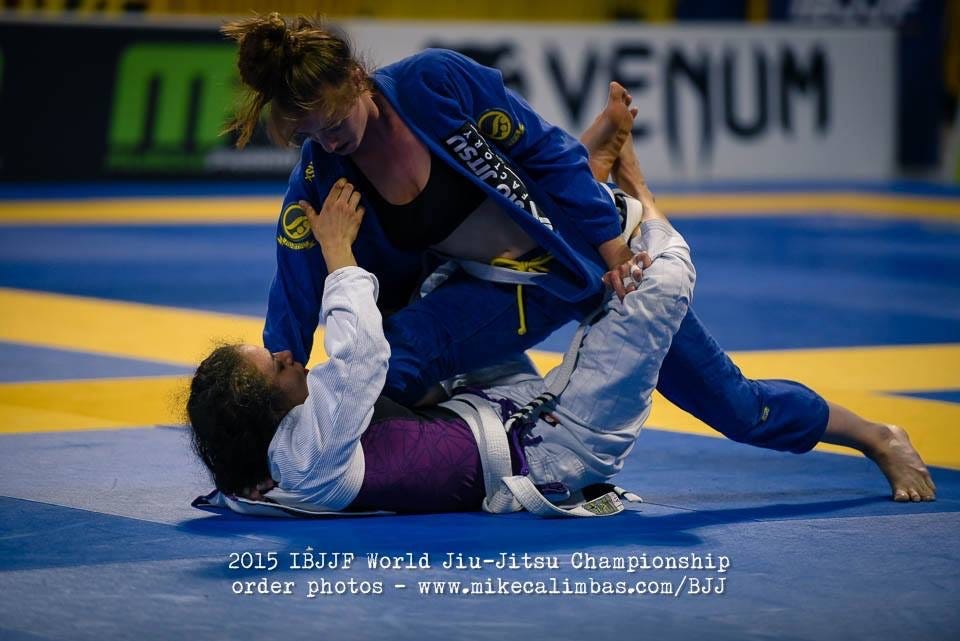
Erica Zendell: One thing I remember back when we first met was your degree of structure around studying and drilling. Can you explain your process and how it came about?
Heather Morgan: When I started jiu-jitsu at 22, I was already on the older end, but the sport was still new enough that becoming one of the best was doable. I was racing the clock and felt that pressure constantly.
Given my personality, I enjoy finding the most efficient way to do things. I knew I couldn't waste any time—any time I was on the mat, I needed to optimize everything. I didn't want to go to a training session, forget something that happened in a round, and not be able to fix it immediately, because I knew I didn't have time to continue making the same mistakes.
It was logical for me to add in studying because your body can only physically do so much. Even when resting, I wanted to add in studying as well. I knew the fastest way to get good at a position was to watch people who are really good at the positions I was working on.
From the beginning, I knew I wanted to compete and get really good, so I went straight into studying and watching people. I competed three months after starting. I didn't waste any time—from the get-go, I asked, "How are we going to get really good at this one thing in the fastest way possible?"
Erica Zendell: How did you focus your studying and drilling approach?
Heather Morgan: I realized in my own training that I needed to focus on one thing at a time. Jiu-jitsu is so vast—there's so much to learn, it's overwhelming. I remember at white and blue belt feeling like I'd add something to my brain, and then something else would fall out immediately. My brain always felt very full.
I found it helped me to zero in on one thing and hyper-focus on, say, X-guard. That helped me systematize each position because I wasn't trying to fix every mistake at once. Once I got that “checkmark” for a position, I'd move on to the next one.
In a drill session, the point is rote drilling—getting as many reps as possible in what you're working on. We don't really get that in a traditional class setting where you get a couple of reps, and then they say, "Okay, hopefully you remember that," and it's time to train.
I quickly realized that my own drill sessions needed to fill what was lacking in normal class. It wasn't about how many different things I was doing but about quality and getting those reps, especially at the lower belts. Many times it was just basic movement drills like top spins and toreandos—the structure your jiu-jitsu is built on. I call them the "meat and potatoes" of jiu-jitsu.
Heather’s Post-Op Recovery Journey: Physically, Technically, and Then Some
Erica Zendell: You've had two ACL injuries and four knee surgeries total during your athletic career. Most people would quit after the first sidelining injury. How did you approach your recovery and return to training twice over?
Heather Morgan: For my most recent recovery, one of my main training partners is Rose, and she's had an ACL tear as well. She was very upfront and let me know she was down to help with drilling. She was the perfect candidate for that initial return because she would take things really slow and would even adjust what she was drilling on me.
Initially, I took the drill sessions very slowly. Many times I was just working on basic movements like spider guard, lifting my hips off the mat, and slowly going through ranges of motion that made me nervous.
The next level was positional training. Once I got through drilling, I did positional training with the same group of women—people my size, people I trusted—and just took it really slow, giving feedback like, "Maybe a little more resistance would be okay."
The following level is where I might start to roll with people who are still people my size but who I know are safe. Many times these would be lower belts than me. That was my next level—feeling like I could safely control someone and keep myself safe because I could control the pace of the fight.
The last level is just normal rounds—whenever you feel comfortable, whenever you're cleared, and you feel like you can go through any position without fear of something happening.
Erica Zendell: Did your injuries change how you approach techniques or your overall game?
Heather Morgan: It's been a reality check—hey, you need to protect your body when training. I always tell people this: the knee is a hinge joint—it does not twist. So many things in jiu-jitsu involve twisting the joint to get control because it works.
I think about this a lot. Your knee is stronger in positions where you're not twisting anyway, so it will make your jiu-jitsu better to put it in a better position—more of a leg press position.
It made me think more about which movements were worth it and which weren't, and how I could improve my jiu-jitsu in ways where I'm not compromising my knees. I also changed how I played things a little to protect my knees. With De La Riva, you don't want to be square with a person when trying to get your hook because that puts a lot of strain on your knee. You want to angle to the side, which is the correct way of playing it anyway.
For many positions, the safer approach is also technically better. It changed my approach a little, but not necessarily in a bad way.
The Pivot: From Full-Time Competitor to Full-Time Teacher (Online and Offline)
Erica Zendell: How has your lifestyle and relationship with jiu-jitsu changed since your injuries? Have your injuries changed your attitude or approach towards your career as a jiu-jitsu professional?
Heather Morgan: When I first moved to San Diego, my only goal was to become a Black Belt World Champion. All I was thinking about was that. It was very selfish—focused on me, my training, and this goal, which isn't bad. You have to be selfish if you're going to be a full-time competitor.
I worked as little as possible so I'd have more time to train. I was just trying to compete, train, and get through the belts as quickly as possible. I wasn't thinking about teaching yet—that was for after I accomplished my goal.
I'm really grateful for the injuries now because they knocked me off that singular goal. They forced me to pivot into giving back to others—through the business side of things, through teaching. I started to see teaching as a platform to help people learn jiu-jitsu. I realized how cool it was to be able to share the knowledge I'd built through years of sacrifice training at the best gym in the world.
I quickly realized how amazing that is, and now I love it. I love sharing the jiu-jitsu I've worked so hard to learn. The more rewarding thing is teaching, helping people, sharing my jiu-jitsu, and helping the community. That's way more fulfilling than a medal.
I still personally would love to go back to competing eventually because that's a personal goal. But that's not the main thing anymore—I could live without it if I needed to because I have something that brings me fulfillment and meaning.
"Supplementing" Life: How Heather Reshaped Her Identity Beyond Jiu-Jitsu
Erica Zendell: What was your biggest realization during your recovery process?
Heather Morgan: When I tore my ACL for the first time, I realized I had no identity outside of jiu-jitsu. It was scary—I didn't know who I was without jiu-jitsu. I realized I wasn't well-rounded, and if this thing was taken from me, I was depressed.
"Supplementing" has turned me into a more well-rounded human because my identity isn't wrapped up in one thing—I know who I am. Drawing is a big one for me—I love to draw. I basically love anything creative and artistic, which makes sense for why I would love jiu-jitsu.
Drawing was something I could do when I couldn't move around much. Reconnecting with that helped me reconnect with myself as a person. I used to think I needed to just do jiu-jitsu, but that creates a toxic relationship with it.
I was also very musical growing up. I played saxophone in middle school and high school, and oboe in college. Once I found jiu-jitsu, I wasn't doing anything with this large chunk of my life where I was musical. I love music, and I wasn't feeding that part of me.
I'm so much happier now that I'm feeding all these pieces of myself. I feel like I have a much healthier relationship with myself and with jiu-jitsu. I don't have that fear that if I can't do jiu-jitsu for a bit, I'll be depressed and won't know who I am.
Striking Balance: Future Goals and What’s Next for Heather Morgan
Erica Zendell: What do your goals look like now, both in teaching and possibly returning to competition?
Heather Morgan: Competition is something I think about, but it has to feel right for me. I don't want to rush into it. After my first injury, I was really gung-ho about going back to competing, and I think I rushed it.
Honestly, I have to be okay with getting injured again if I'm going to compete. I don't think people talk about this, but you literally have to be okay with hurting yourself when you compete if you're going to fight the right way. You have to accept it and feel it's worth it.
I'm not going to compete unless I can give it my all and I think I can win, because otherwise, it's definitely not worth the risk. It's a risk-reward balance that I'm still considering.
A lot of my goals are more about continuing to build my following and working through the business side of things. I'm a one-person show—I do all my editing, all the filming, figuring out what platform to put courses on, learning how to write sales copy and marketing.
Erica Zendell: Any final thoughts on finding balance in jiu-jitsu and life?
Heather Morgan: Extremes can be really bad—you have to have balance. I'm always thinking that the more balanced I can be with other hobbies, jiu-jitsu, work, and play, the happier I feel. It's all about that delicate balance, whatever that is for you.
Learning new things helps you stay excited for life. Once you stop doing that, you kind of stop living a little bit. You've got to go out and explore life, and that's how I like to do it. I'm always thinking about what other things I can try.
Want to stay in touch with Heather Morgan?
You’ve got some options.
If you want to check out Heather’s free training resources or just follow her on social media, you can visit her YouTube channel and Instagram profile.
If you’re interested in purchasing one of Heather’s digital courses, she’s got a Kneecut Crash Course, Gift Wrap Submission System, Back Retention Course, and Rodeo Guard Course.
If you’re local to San Diego, you can also…
Train with Heather at 12PM on Mondays, Wednesdays, and Fridays at Sagaz Jiu-Jitsu—or join her for the free, 2-hour seminar she’s teaching there on Sunday March 23.
Book a private lesson with Heather by messaging her on Instagram or emailing her at heathermorganbjj@gmail.com
If you’re not local to San Diego but want to learn from Heather in real life, you can book Heather for seminars using this form.
If you want to check out Heather’s sponsors, here’s the list:
Electrum Performance (strength and conditioning for BJJ & injury rehab)
Inverted Gear (jiu-jitsu kimonos, apparel, and accessoriesl): Her affiliate code is HEATHER15
You made it to the end! Thanks for reading!
If you’re a longtime subscriber, thanks for being here.
If you’re new to this Substack and enjoyed this conversation with Heather Morgan, please share this post or drop a comment. I’d love to know what you thought about the piece.
For more interviews like this one, consider subscribing for free at the link below.
See you next time,
EZ


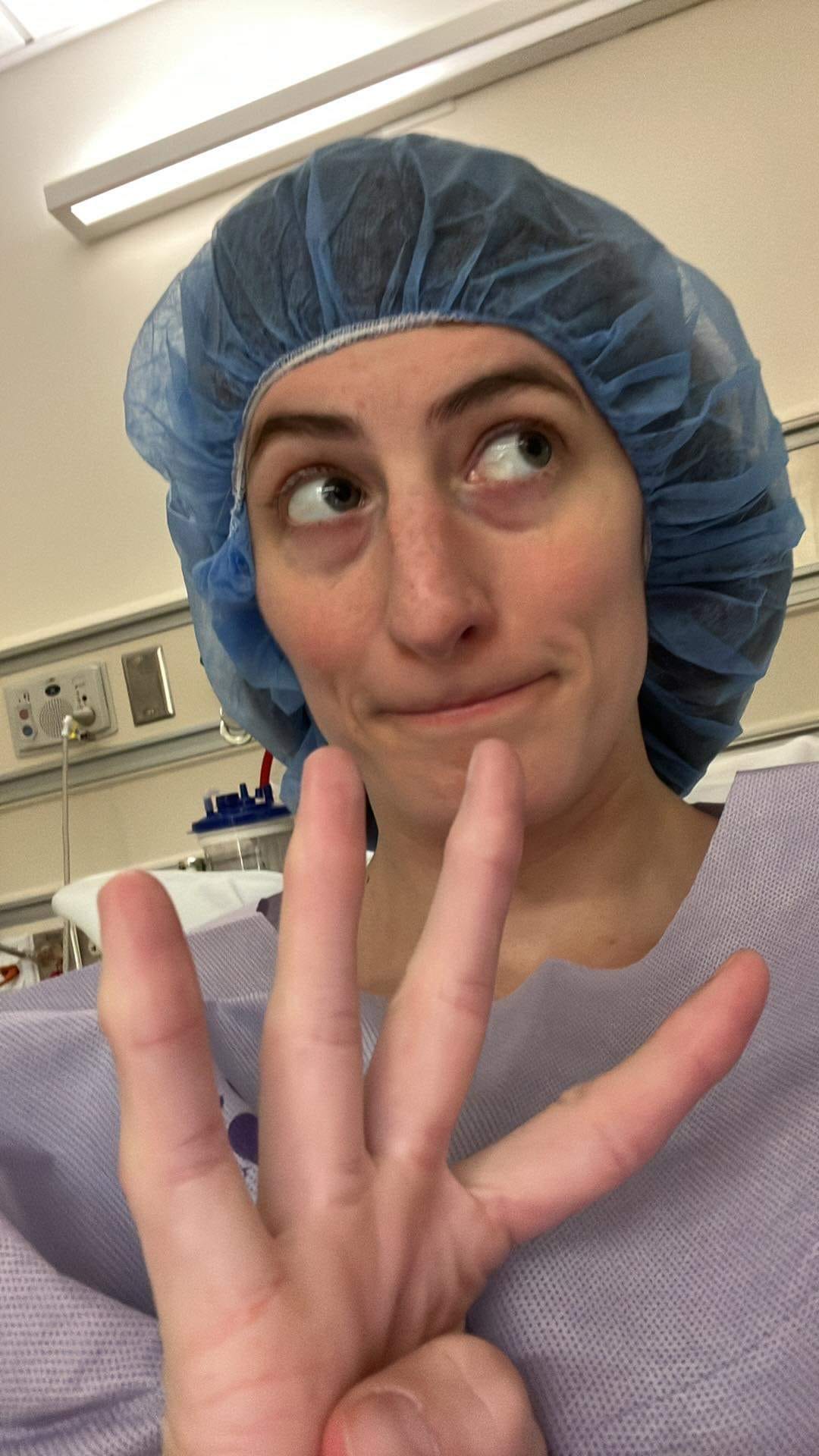

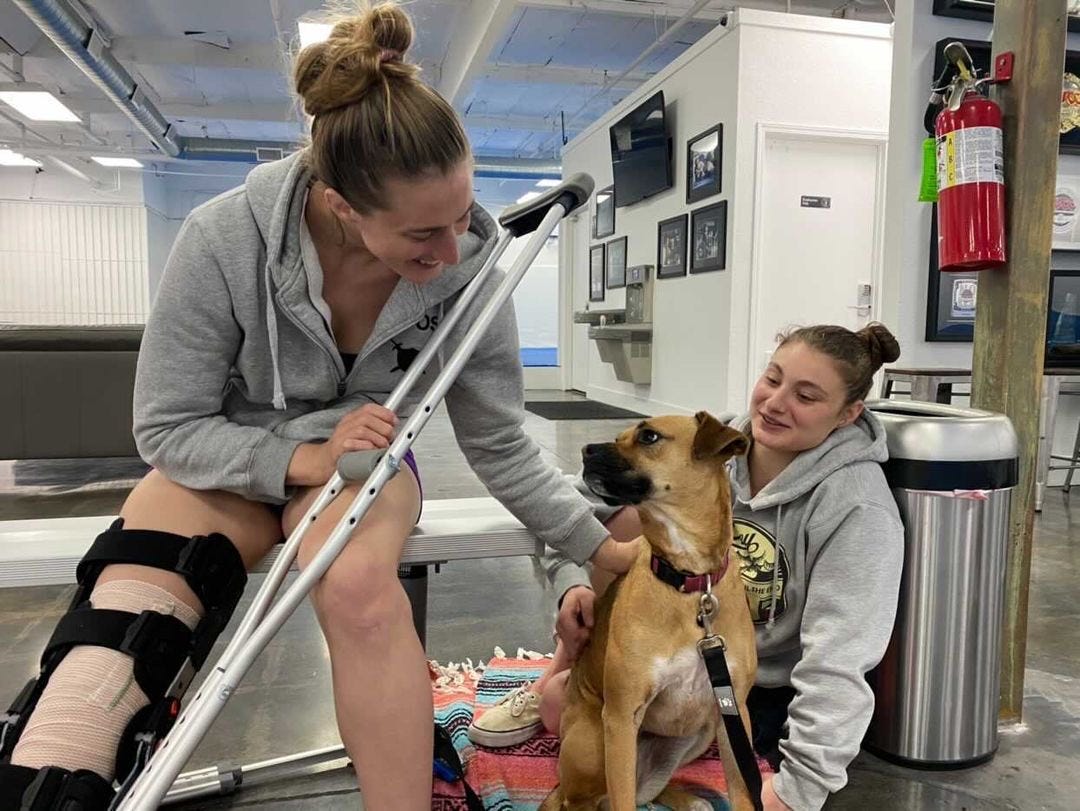
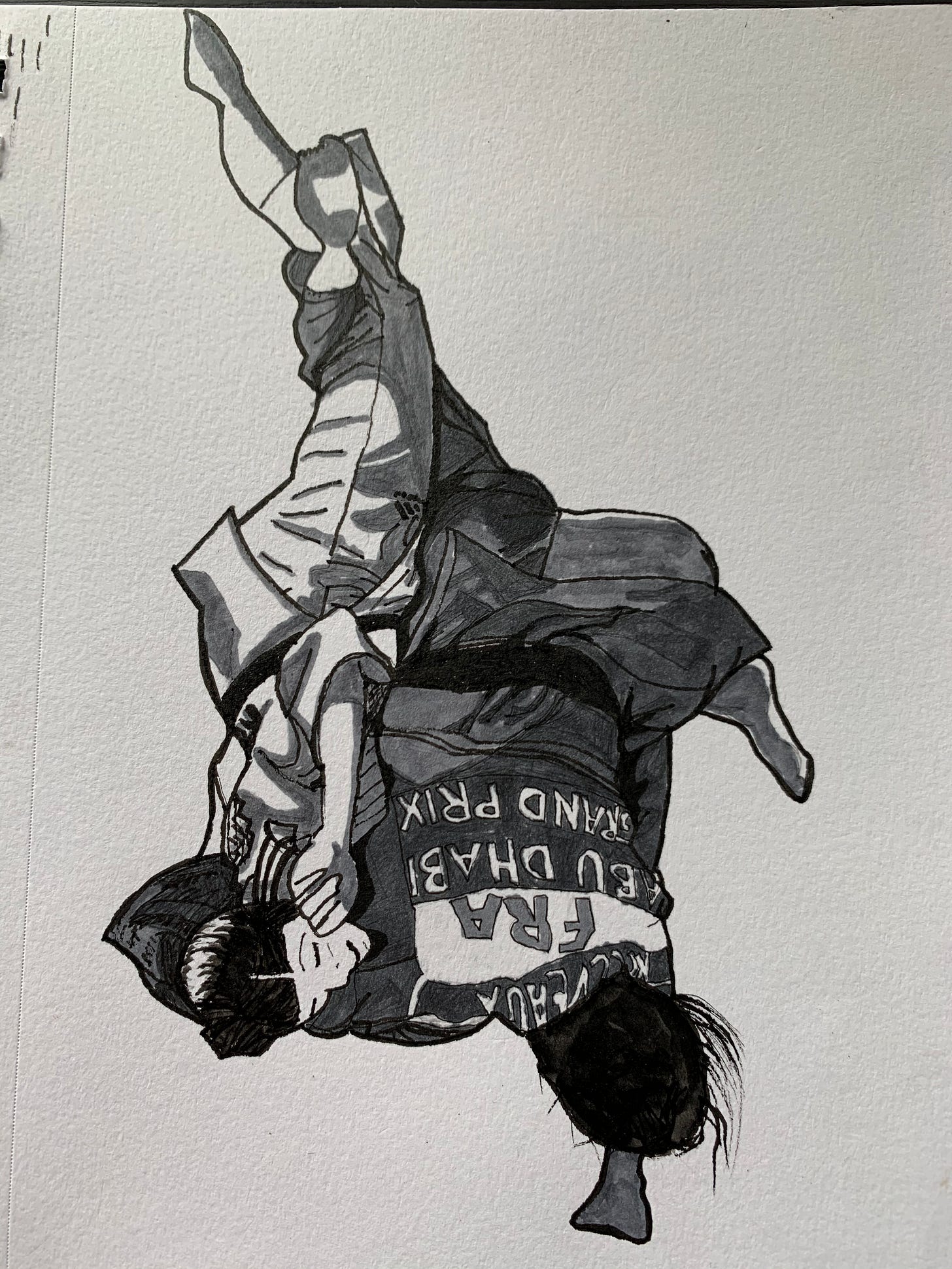
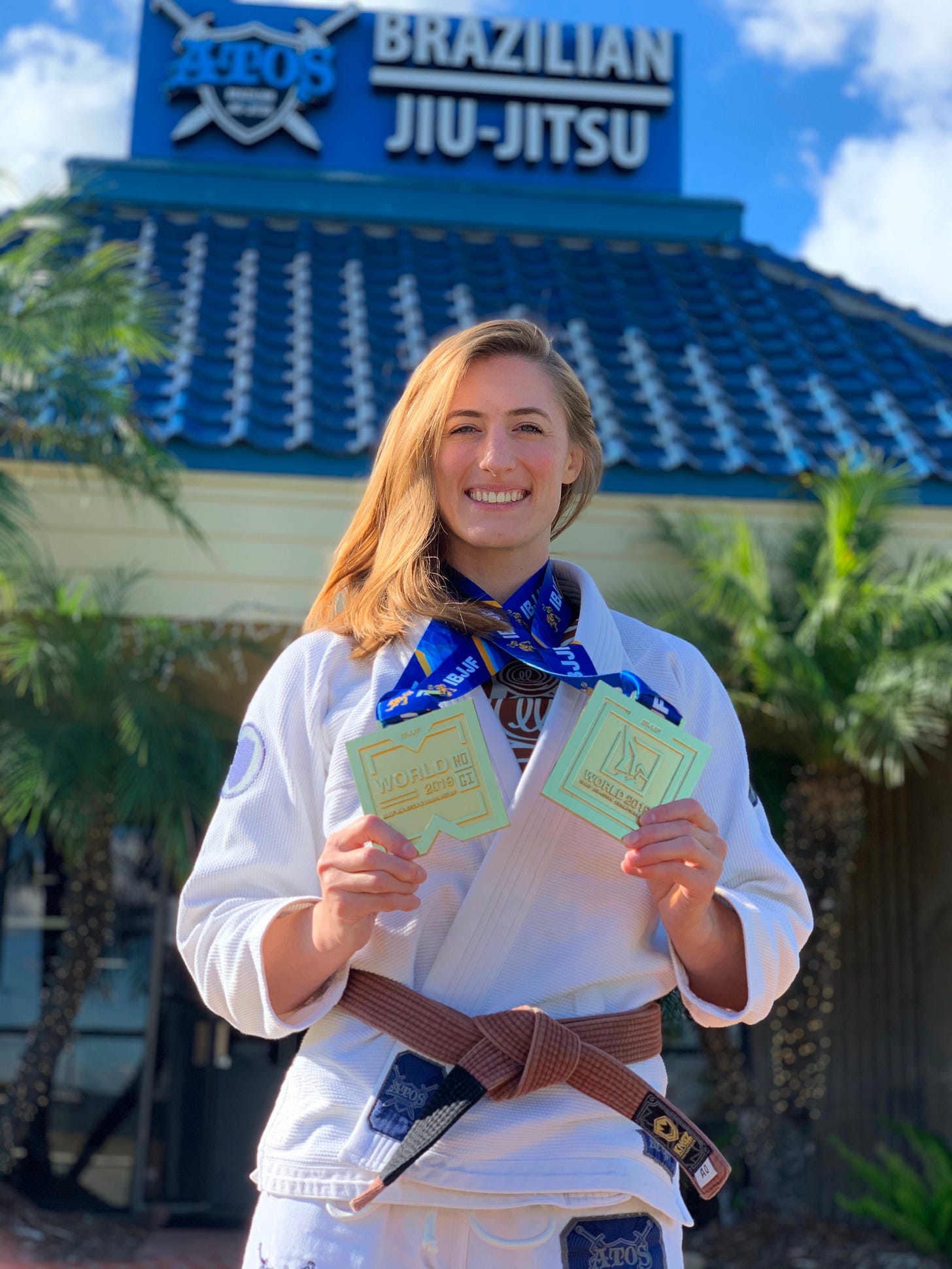
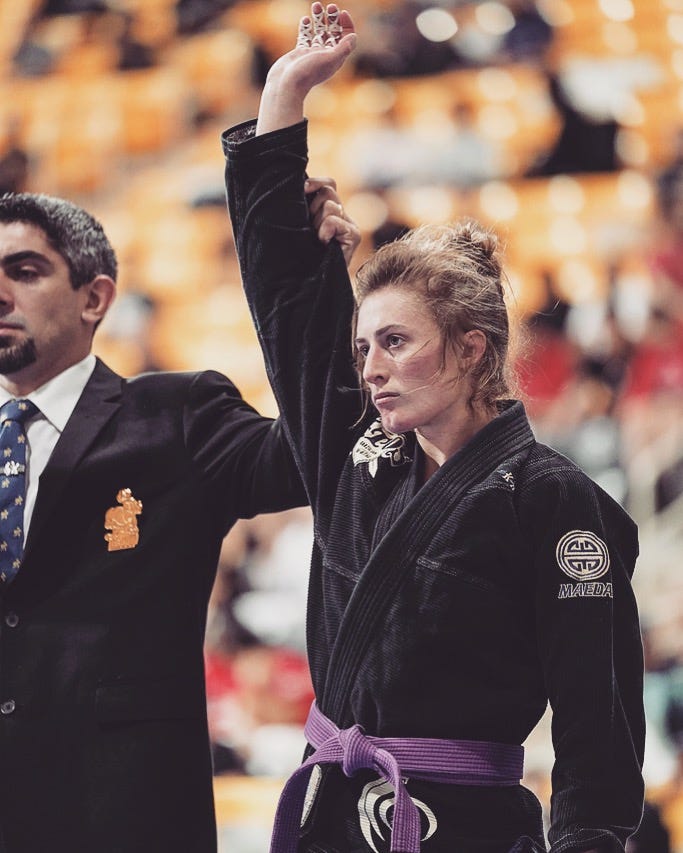
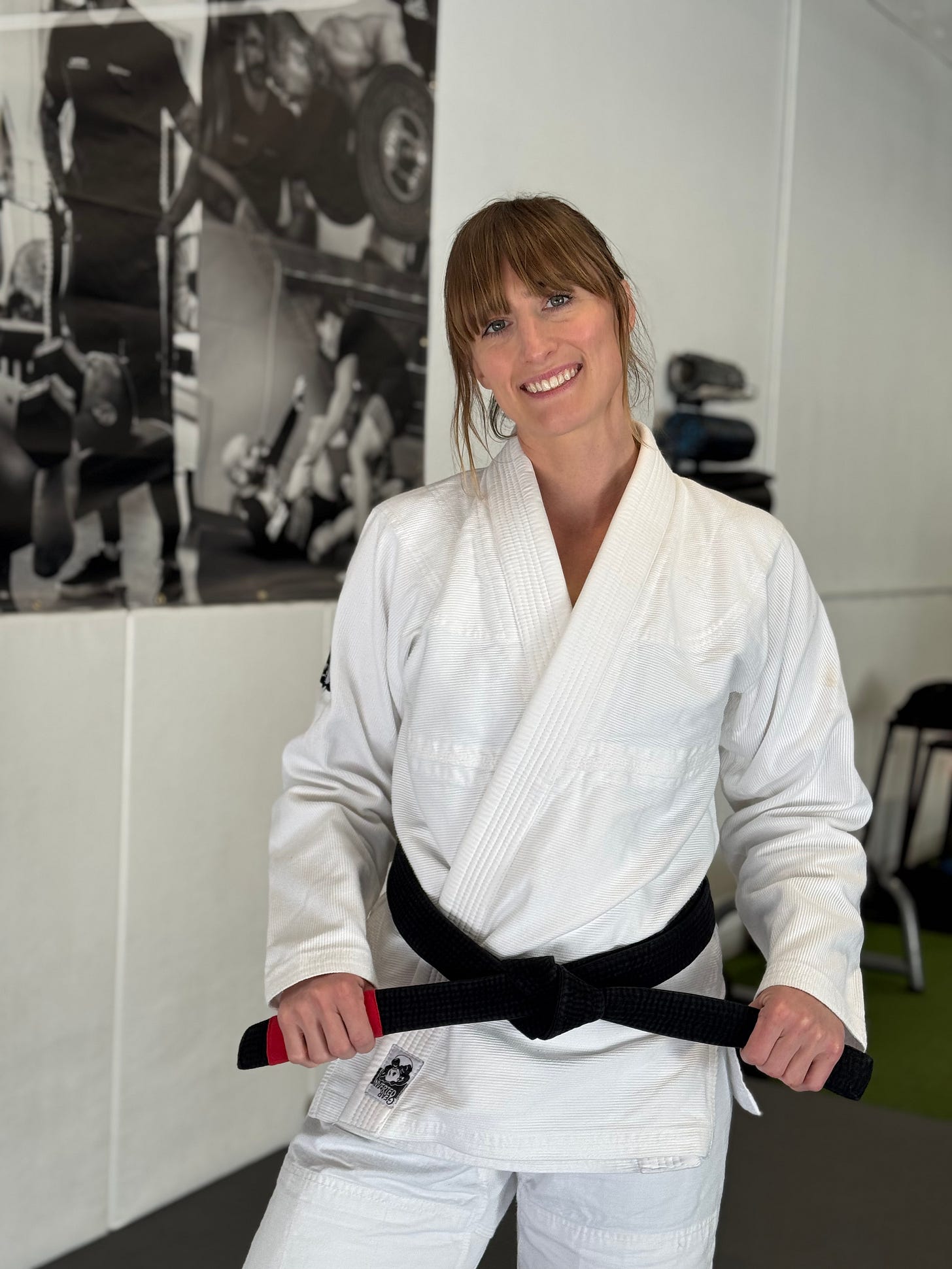

Inspirational. Great interview as always Erica 👊🏻
Loved it of course! Really enjoy hearing about having other hobbies outside of bjj